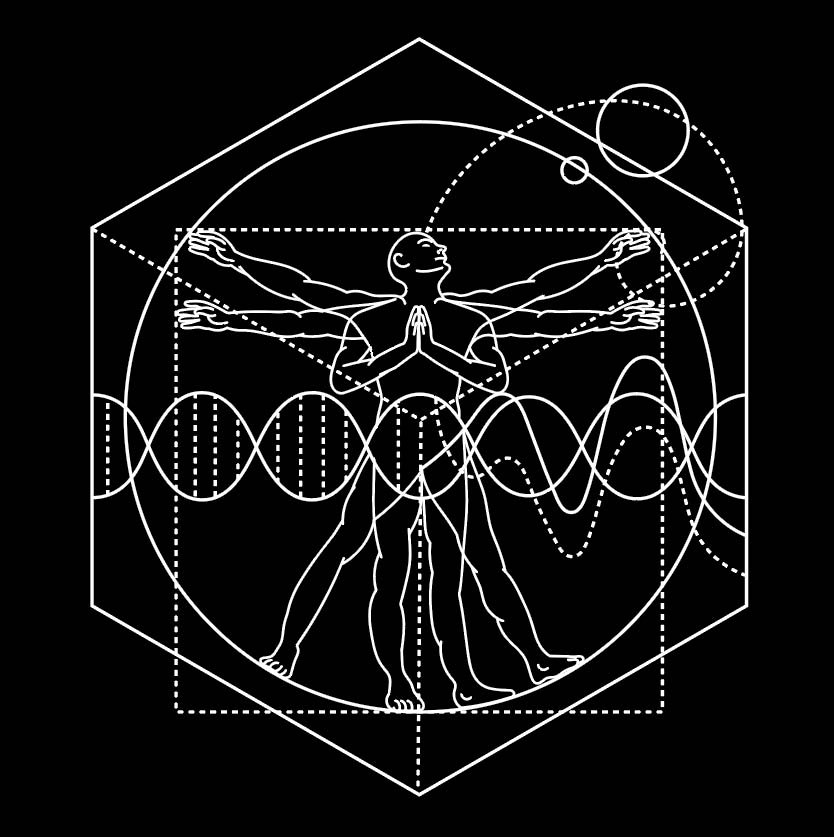
Molecular Encoded Storage
for Space Exploration
The Molecular Encoded Storage for Space Exploration explores the possibility of preserving human knowledge in space DNA by implementing an algorithm to encode the musical notation into DNA storage and launch the pieces of DNA into space on a sub-orbital flight.
Launch: Blue Origin NS-13 mission / Oct 13, 2020 | 13:35 UTC

Background
Since the human invention of synthetic biology, we have unlocked the most sophisticated form of engineering. DNA storage is one of the possible ways for humanity to explore and foresight beyond our digital world. Our project has been inspired by several previous achievements on DNA storage implementation.
We want to use this occasion to introduce synthetic biology and space democratization to Thai society as it is imperative for our space-faring nation. By working with famous Thai artist Bodyslam, we encoded a song called “ความฝันกับจักรวาล” (The dream and the universe) into synthetic-DNA by developing our algorithm that serves vital functions, encoding, error-correcting, molecular straightening, and decoding.
The DNA will be launched into space on a sub-orbital flight marking Thailand’s notable collaboration between artist, space explorer, synthetic biologist, computer scientist, and a nationwide well-known science publisher on an anti-disciplinary space mission. Beyond our encoding algorithm, our mission will help synthetic biologists study spaceflight’s impact on DNA storage.
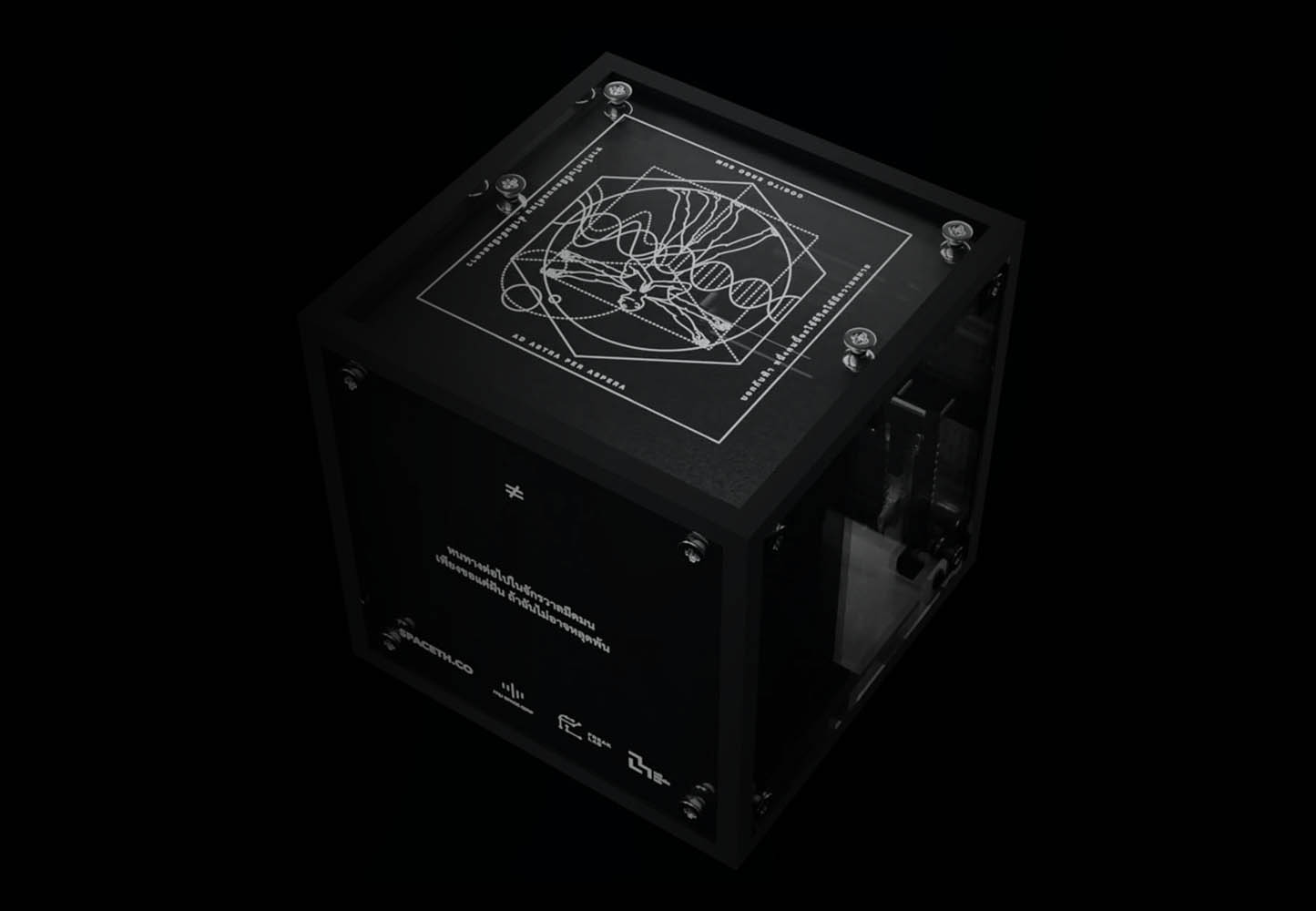
Musical notation on a DNA storage
Our goal is to store the entire song into our DNA storage and using the least base pairs possible. We shifted from storing binary of waveform audio file format (WAV) to using the foundation of music, musical notation. This arrangement allows the entire song to fit within 640 base pairs. Our encoding and decoding algorithm featured binary conversion, compression, optimization, and error correction. The goal is to store the data efficiently and make decoding possible when damage causes nucleotide(s) to change.

Gibson Assembly of Space Proven DNA
First, We want to study the fundamental process of DNA formation; self-assembly. The method allows biomolecules to come together in a precise way. We synthesized three fragments of DNA, which will later be assembled applying the Gibson assembly technique. Sending complete assembled and fragmented DNA into space will help us understand spaceflight’s impact on a synthesized DNA. The researcher will inspect the DNA and look for any damage and decode the data inside.
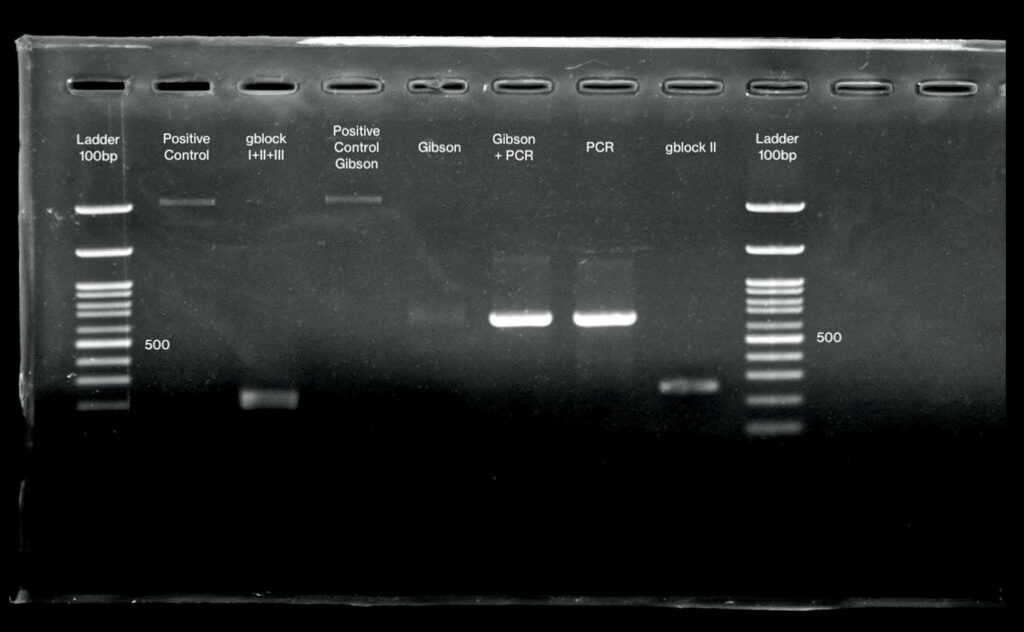
Counter Bioterriorism Experiment
The second experiment of the mission is to hide our DNA in unprecedented objects secretly within cloth, mylar film, golden leaf, and a piece of 3D printing filament. If the DNA’s message survives and can remain readable when back down to earth, it may be tolerable to make a DNA heist on an existing space mission too.
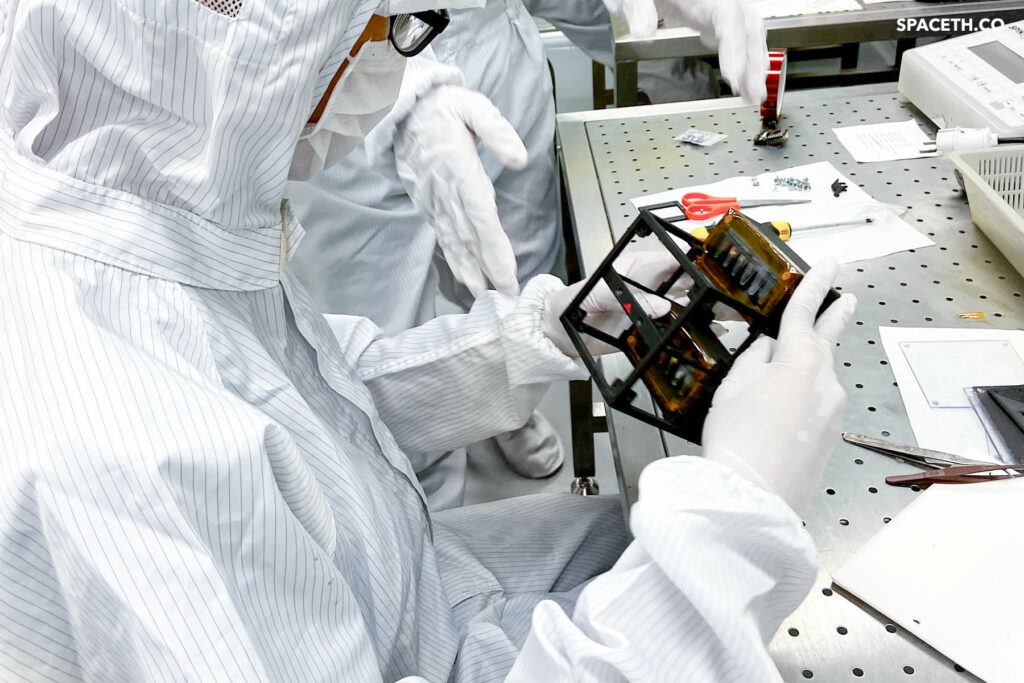
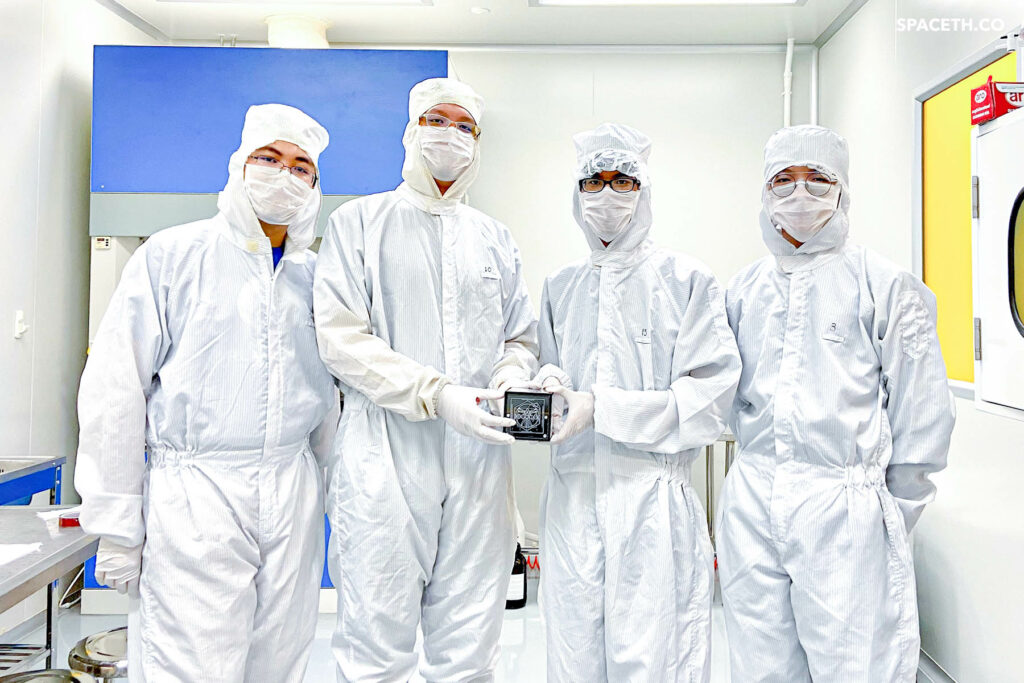
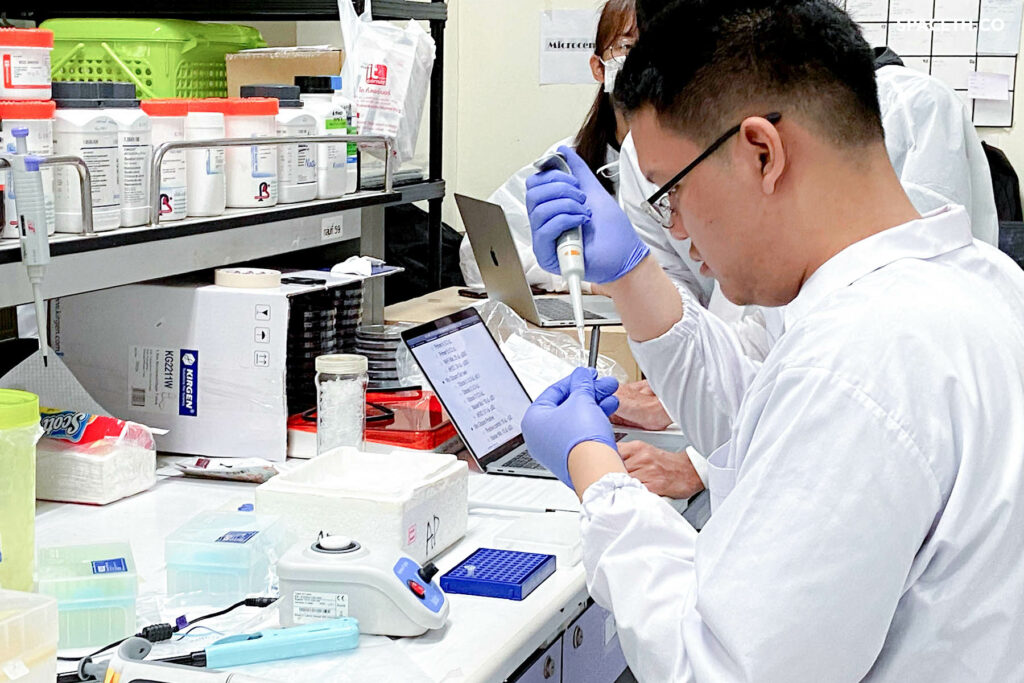






Payload Design
The experiment was fitted in a 10x10x10 (1U) payload container. We designed the payload to sustain the vibration, hypergravity, and material stress during launch by 3D-printed the entire unibody frame and each modular segment. 42 PCR tubes containing our DNA are situated in a double anti-leaked configuration.
A small 3D-printed dinosaur inside will visually indicate zero-gravity during the first stage separation when our DNA will experience weightiness. All will be recorded by a small ultra-wide-angle camera inside our payload.
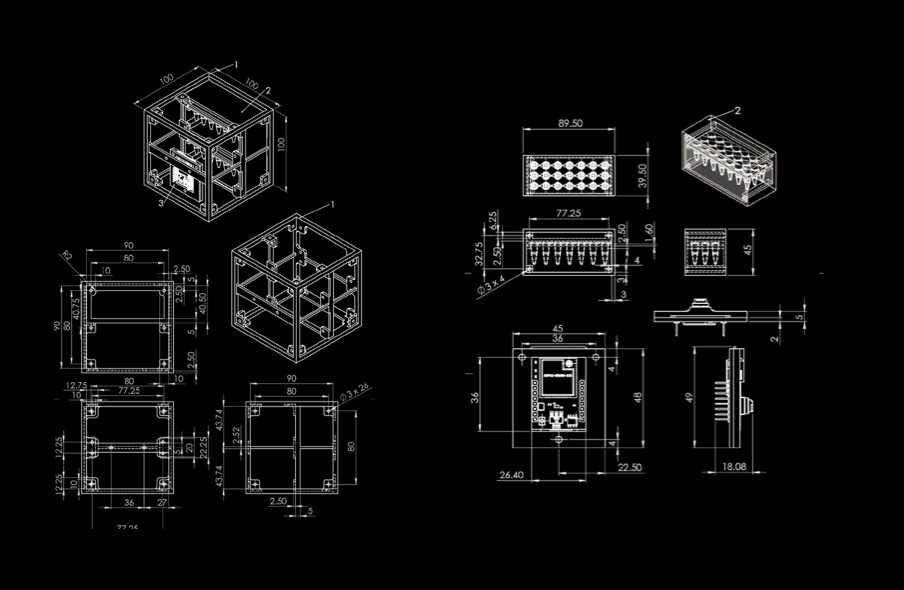
A cultural perspective
Not only our experiment involves the popular Thai song “ความฝันกับจักรวาล,” our payload design will symbolically represent the enthusiast, dream, and hope for our nation’s position in the era of space exploration.
Leonardo Da Vinci’s Vitruvian man inspired the art cover of the payload. The artist and researcher together come up with an idea of the symbol of analytical, humble, and at the same time, pushing the boundary of being human. It is intended to illustrate the verse of the song encoded in our DNA.
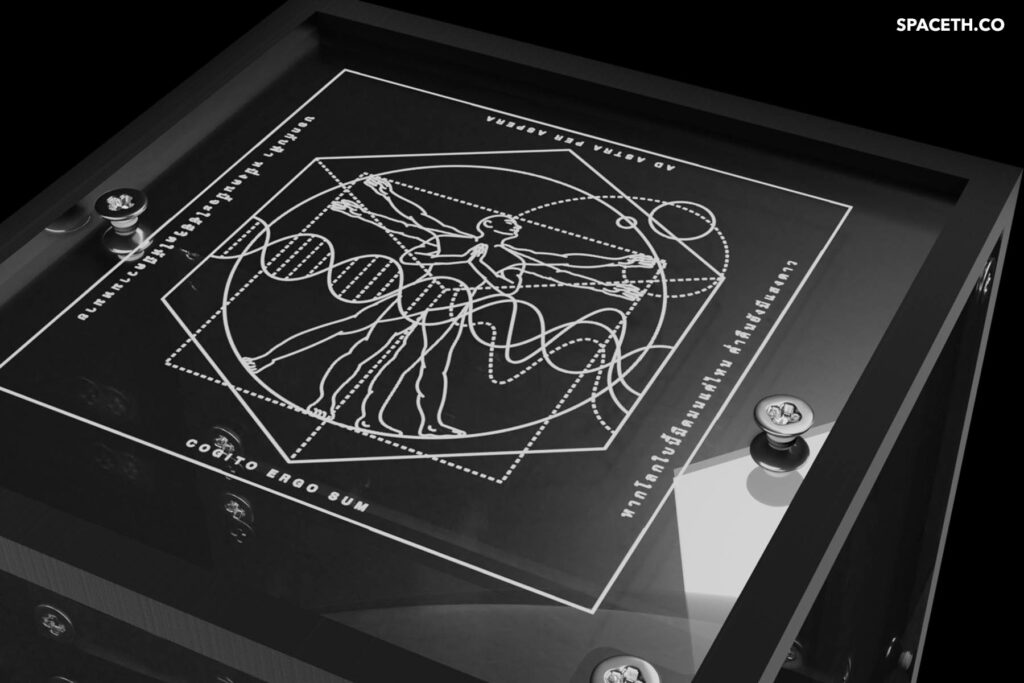
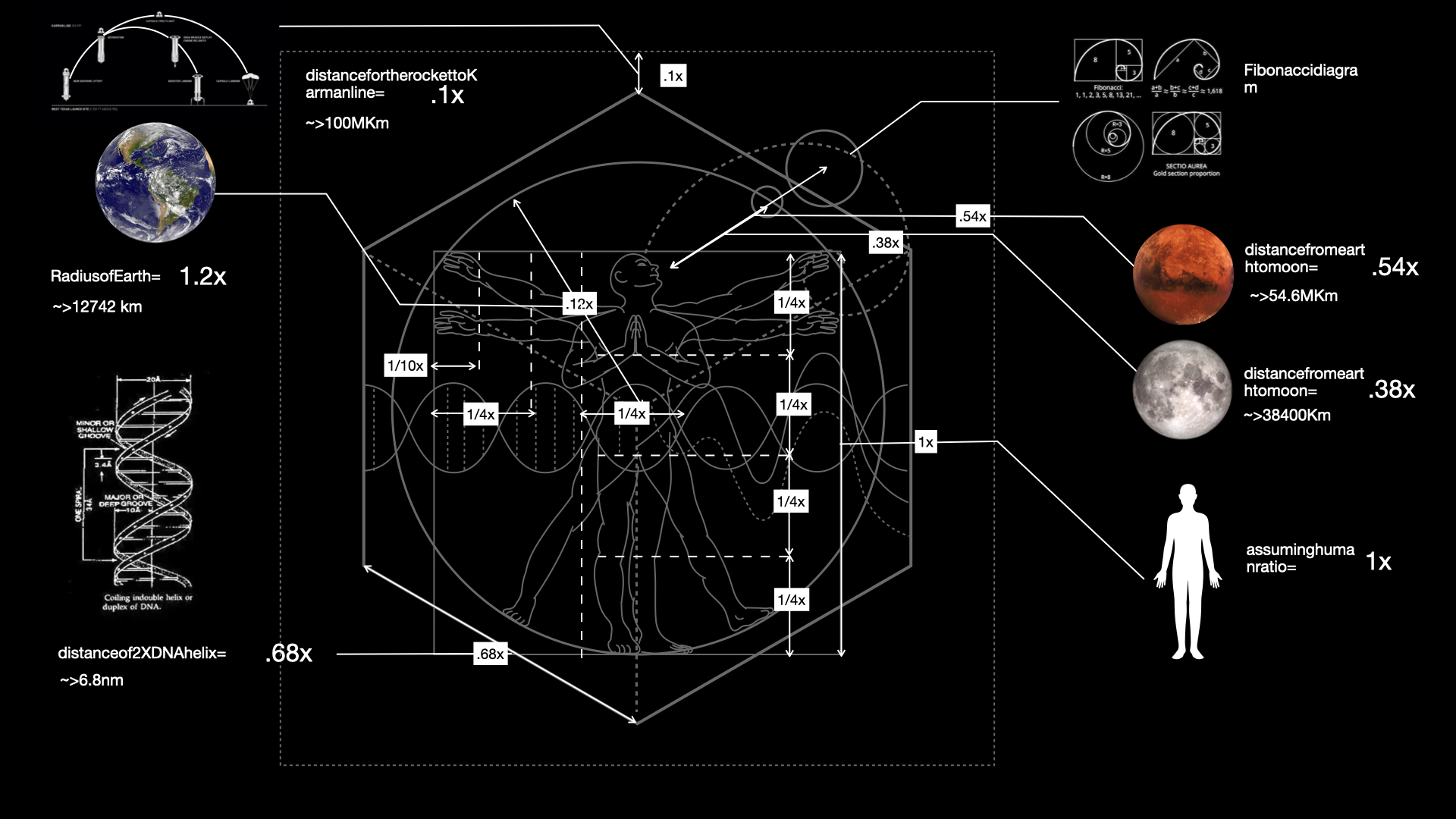
Conclusion
This mission aims to enhance engagement from all disciplines in Thai society on a unique mission. The collaboration involves artists, scientists, space companies, science communicators, and public engagement. This mission will mark a distinguished chapter for Thai space exploration.
In terms of global impact, this mission demonstrates an alternative way of storing music in DNA by implementing the foundation of using musical notation and turning them into base pairs of DNA.
